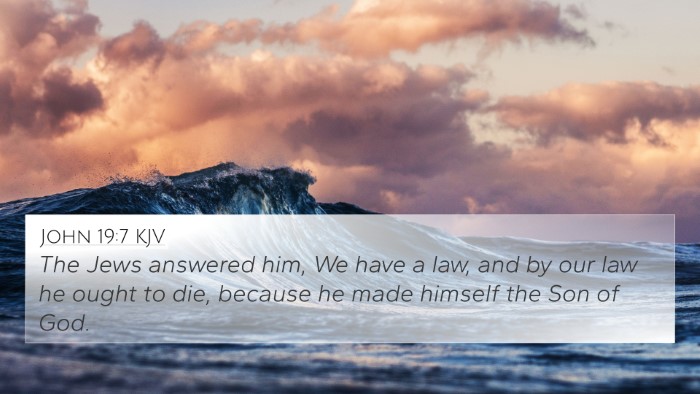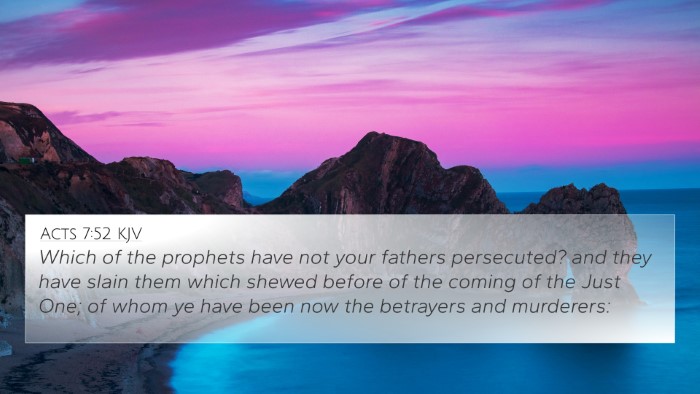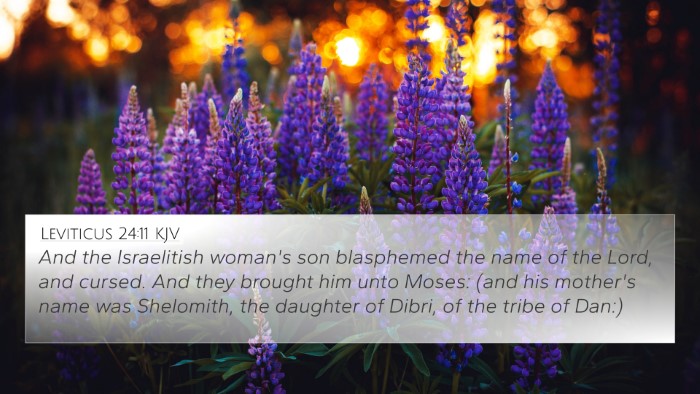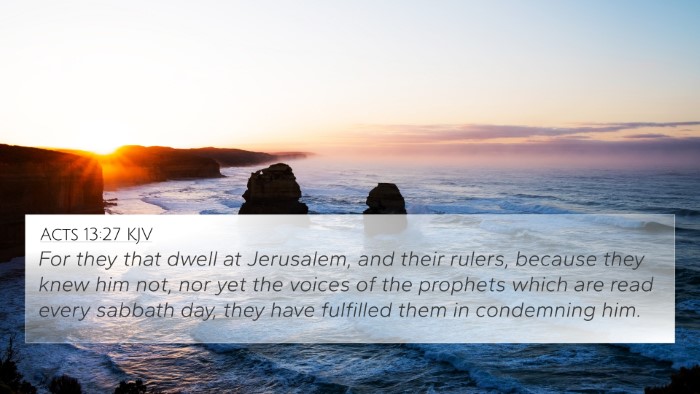Understanding Matthew 26:66
Matthew 26:66 reads: "What think ye? They answered and said, He is guilty of death." This verse occurs within the context of the trial of Jesus, where the religious leaders seek to condemn Him. The insights from various public domain commentaries reveal a rich depth of understanding surrounding this pivotal moment.
Overview of Matthew 26:66
The verse symbolizes the judgment passed upon Jesus by the Sanhedrin, highlighting the culmination of plots against Him. This moment is significant in the narrative of Jesus' passion and reflects the broader themes of justice, prophecy, and sacrifice.
Matthew Henry’s Commentary Insights
Matthew Henry emphasizes that the council's decision was driven by malice and false accusations against Jesus. The Jewish leaders had already determined to kill Him despite not having legitimate grounds for such a verdict. This reflects:
- The cruelty of the human heart towards the innocent.
- The fulfillment of prophecy as foretold in the Scriptures regarding the Messiah's suffering.
Albert Barnes’ Commentary Insights
Albert Barnes notes that the phrase "He is guilty of death" underscores the gravity with which the council viewed Jesus’ claims and actions. Barnes suggests that:
- Their guilt was compounded by their secretive manner of conducting the trial.
- This event illustrates the rejection of divine authority by the very representatives of God's law.
Adam Clarke’s Commentary Insights
Adam Clarke elaborates on the political and religious motivations of the Sanhedrin. He believes that their verdict was not just about justice but about:
- Maintaining power and control over the people.
- Fear of losing their influence if the messianic claims of Jesus were accepted by the public.
Contextual Significance
The moment captured in Matthew 26:66 is significant for a few reasons:
- The Jewish religious system's rejection of Jesus as the Messiah.
- The foreshadowing of the crucifixion and the sacrificial nature of Christ's mission.
- The response of the crowd indicates how public opinion can be swayed by those in power.
Cross-References Related to Matthew 26:66
Understanding this verse is enriched through various cross-references in the Bible. Here are notable references that connect with its themes:
- Isaiah 53:3 - Foretelling the rejection of the Messiah.
- Mark 14:64 - Similar account of judgment against Jesus before the council.
- Luke 22:71 - Indicating condemnation through the Sanhedrin.
- John 19:7 - Affirmation of Jesus’ claim to be the Son of God and the crowd's pressure for condemnation.
- Acts 2:23 - Peter’s sermon reflecting on the crucial role of Jesus’ crucifixion.
- 1 Peter 2:23 - Reference to Jesus' unjust suffering.
- Matthew 27:25 - The people's claim for Jesus’ blood upon themselves.
Thematic Connections
The moment encapsulated in Matthew 26:66 resonates with various themes in Scripture:
- Justice vs. Injustice: Highlighting the theme of justice as divine vs. human corruption.
- Foreknowledge of God: Illustrating that the rejection of Jesus was part of a divine plan indicated throughout the Old Testament.
- The Cost of Discipleship: A solemn reminder for believers about the nature of following Christ, which can include suffering and rejection.
Conclusion
In summary, Matthew 26:66 serves as a crucial link in the narrative of the Gospels, showcasing critical connections between the Old Testament prophecies and the New Testament fulfillment in Christ. For those exploring Bible verse cross-references and comparative Bible verse analysis, this verse is a vital point of study. The rich commentary from various authors provides insight into the complexities of the trial of Jesus and its implications for understanding the entirety of Scripture.







